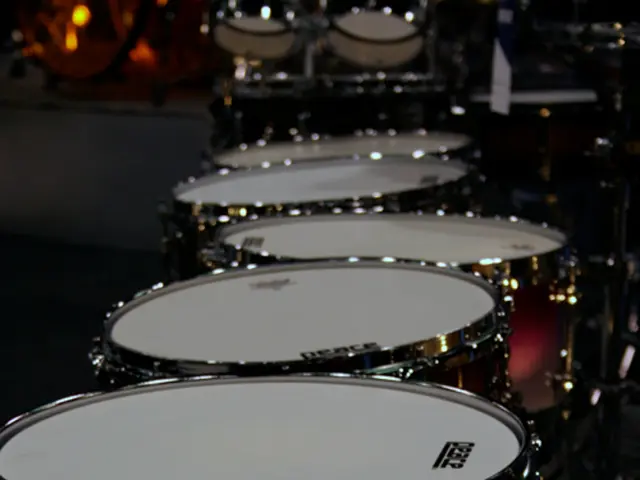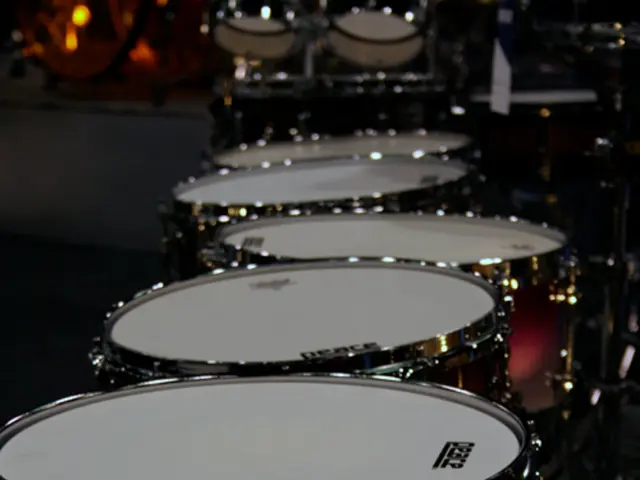Efficiently Manipulating an Immobile Person in Bed: Expert Techniques Revealed
In the care of bedridden individuals, tools such as transfer slings and patient lift assist belts can make a world of difference. These devices are essential for shorter transfers or helping a person sit up in bed.
To use a transfer sling or patient lift assist belt effectively, follow these essential steps:
Preparation and Positioning
- Explain the process to the patient to ensure cooperation and calmness.
- Ensure the patient is lying flat and relaxed on the bed. If needed, elevate the head slightly for comfort.
- Carefully position the transfer sling underneath the patient by gently rolling them to one side and then to the other, placing the sling evenly beneath their back, hips, and thighs for full support.
Placing the Transfer Sling or Assist Belt
- For a sling, ensure it is placed so it supports key areas such as shoulders, back, and thighs. The sling should prevent slipping and provide balanced support during the lift.
- For a transfer belt (lift assist belt), wrap it snugly around the patient’s waist, ensuring it is neither too tight (causing discomfort) nor too loose (risking slipping). The grip handles should be accessible to the caregiver.
Using the Equipment During the Transfer
- When lifting or transferring the patient, caregivers should maintain good body mechanics themselves, bending at the knees and not the waist to reduce injury risk.
- Use the handles on the sling or belt to carefully lift or support the patient while moving them from bed to wheelchair or vice versa.
- Move slowly and steadily, avoiding sudden or jerky movements. If the patient has limited trunk control or balance, use the sling for additional support while seated or during movement.
Safety and Comfort
- Continuously monitor the patient for discomfort or signs of distress.
- Confirm the sling or belt remains properly positioned throughout the transfer. Adjust if necessary to prevent slipping or pinching.
- Ensure the patient’s limbs are clear and supported to avoid injury during lifting.
Communication with the bedridden person is crucial during the moving process. Prolonged bed rest can lead to the development of painful bedsores, also known as pressure ulcers. To prevent bedsores, it's essential to provide regular repositioning and skin care for bedridden individuals.
Moving a bedridden person requires utmost care and consideration to avoid discomfort, pain, and injury. To use a transfer sling effectively, it should be positioned correctly, secured to a patient lift or hoist device, and used with care. Training in these techniques is advised for all caregivers to enhance safety and comfort during transfers.
- To prevent the development of painful bedsores, or pressure ulcers, regular repositioning and skin care are essential for bedridden individuals, as part of their overall health-and-wellness.
- In the process of caregiving for bedridden individuals, it's crucial to prioritize mental health as well; communication is key during the moving process to assure comfort and reduce anxiety.
- Workplace-wellness can be improved by implementing fitness-and-exercise routines for caregivers, as good body mechanics, like bending at the knees when lifting, are essential for preventing injury during transfers. Additionally, regular skin-care routines can help maintain the caregiver's own health.






